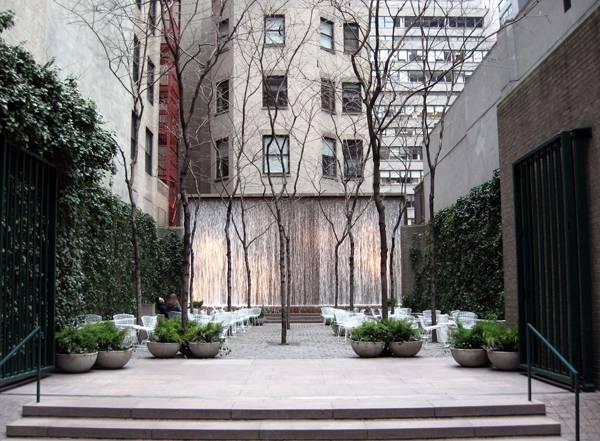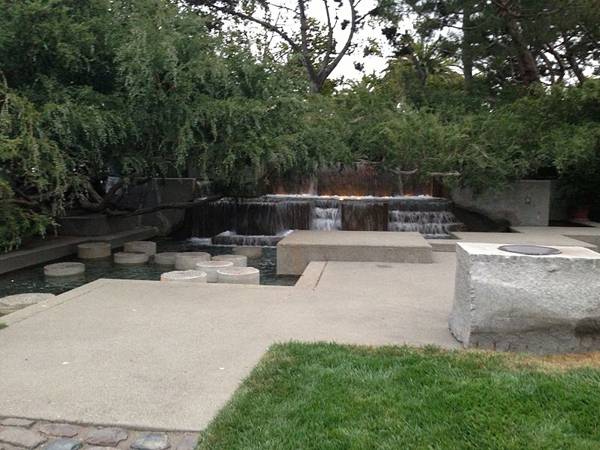Author: Erik Schofield
Trouble in Istanbul: Save Gezi Park
Upheaval and chaos has been intensified this past week in Istanbul as devoted Turkish citizens protest against the demolition of Taksim Gezi Park, one of the few green spaces left in Istanbul’s city centre. The young and the old come together, occupying the park singing songs, dancing, reading and even planting new trees in an effort to stand against the inconsiderate decision made by Prime Minister Recep Tayyip Erdogan to turn the park into a profitable shopping mall. The Catalyst The police have been using tear gas and water cannons as the main weapons to break up the protesters as they gather in “Istanbul’s last public green space.” Protesters, in an effort to stop trees being taken down, had camped out, only to find police burning down their tents in the early dawn on May 30th. As major cities around the world are doing what they can to increase their green spaces, Turkey are getting rid of it for more cement and shopping malls. As cities work to preserve their historic districts, Istanbul ploughs (literally) ahead with crass disregard for the welfare of its citizens.
The events at the Gezi Park might have started with the protection of trees planned to be bulldozed, but they reveal much about the recent urban planning of Istanbul as well as global capitalism. Istanbul had seen worrying street action the past months already.For example the movement against the demolishing of the historical Emek film theatre was met by water cannons and tear gas. In less violent news to do with public space, new legislation restricts retail sales of alcohol during the night and bans selling of alcohol near mosques. Threats Besides urban space, natural space has been another target. The plan to build a third bridge over Bosphorus has been fiercely criticised by a range of environmental organisations for its clear madness,In addition to the massive felling of trees, such building projects, including the new airport set to open in 2018 are a threat to the water resources of the area.
Plans to build on Gezipark led to anti government unrest on June 1, 2013 in Istanbul, Turkey; credit: Faraways / shutterstock.com
Pocket Parks: Why size doesn’t matter
In a hope to create greener communities, London’s Mayor Boris Johnson has come up with a plan to create “100 tennis court sized pocket parks” in the city. Like all urbanized cities, the need to make them more environmentally friendly has become so much of an issue that creating miniature pocket parks are a quick, easy and enticing option. Moreover, in a trend that is gaining momentum throughout the country, a growing number of communities in the United States are establishing tiny parks in an effort to drive registered sex offenders out of town. Although more and more cities are becoming eager to create pocket parks, more thought needs to be put in on the purpose, use and character, not just for the ease of the size. You only have to look at the very successful and thriving Paley Park, a timeless pocket park in New York (the city where this trend began), to realize the social and ecological impacts pocket parks can have on the surroundings. It exists as a peaceful “sanctuary” and is treasured by all.
Here are some important guidelines that should be considered before deciding to create a lasting oasis of green: 1) Secure the community’s commitment The more inclusive the decision making, the more successful the park will be. Think about those in the neighborhood– is there someone who is an expert gardener, someone who knows what’s going on at every block? Pocket parks are a community space and this consideration should be paramount. Involving people in the process is much more engaging than bringing in those who know nothing about the area or the community. 2) Choose a site Think about how the site will be used and be site-specific–any empty lots just won’t do! What kinds of improvements are needed? Keep in mind how much the neighborhood can realistically take on to address issues such as the creation and maintenance of the plan and to make sure the space suits all expectations. 3) Plan There are no set designs for pocket parks. Each one is different depending on the size and use of the space, but space is usually restricted and user needs will be varied throughout the day. A few trees and seating just may not be enough! 4) Secure long term and short term funding Not all neighborhoods have a lot of money to invest in such projects. Looking at various resources for funding such as money from businesses avoids having a limited amount of money for maintenance in the future. Long term funding such as corporate sponsorships mean the neighborhood will save money to cover for necessary repairs. 5) Pursue consistent engagement Just as maintenance is a never-ending job, so is everything else involved. Pocket parks should not become neglected over time. Ongoing communication with the neighborhood is vital to keep everyone interested and involved in the development and changes that take place. As with any new parks or recreation innovation, there are challenges. In the end, size does not matter when one tiny plot becomes loved by all. Therefore, its purpose should strive to provide maximum benefit to the community as a whole. For those involved in such projects, let’s strive towards the design of pocket parks being as thoughtful and provocative as large parks! Article written by Win PhyoIs Drawing Dead?
It’s an exciting time to be a designer or developer, and a growing number of new touch-screen tools to make the work more fun are being released every day. It’s like being a kid in a candy store! Given the rapid pace of technological change, individuals with careers deeply immersed in the visualization of design concepts increasingly have the freedom and necessary tools to explore all the new possibilities that tablets, software, and apps have to offer. Which is why we’re asking the question “Is Drawing Dead?” what will become of the hand skills that have formed the basis of our profession, with everything and everybody geared to towards fast and accurate results. Digital Graphics Pros: 1) Accuracy Needless to say, software programs can translate practical measurements to high visual accuracy without having to fuss with the time-consuming act of measuring with a ruler! 2) New Technology-New Possibilities These days, new software such as AutoCAD WS enables you to view, edit, and share AutoCAD drawings with anyone, anywhere using your mobile device. Tablets are also becoming increasingly popular. For example, Wacom’s drawing tablets try to mimic the experience of drawing on paper. Some students say this kind of mimicry allows their ideas and drawings to be more “visionable”.
3) Forget Paper! No more fumbling with awkward paper plans and laptops; the onslaught of so many planning and drawing apps and tools expedites the process of creating perfect structures. Cons: 1) New Technology is Seductive We can easily become bedazzled by what a program can do and forget to insert our own individuality. This is a trap for producing robotic, similar designs. 2) Lack of Spontaneity Every program requires us to learn the technical “how-to” processes before being able to execute our ideas visually. This can be a time-consuming and frustrating process. So, where does hand graphics fit in this process? The ability to express yourself as a designer using a pen on paper is an essential emotion of thought — from your brain to the paper. The key word that I’m hanging on is process; that hand drawing is an essential expression of the design process. Hand Graphics: Pros: 1) Control As you use your hand, you gain great control over your own movements, which in turn benefits your vision. Creativity becomes a process that is not inhibited by the boundaries of software programmers but by your own self-expression. 2) Preserving the Human Touch A great drawing has many layers that go beyond technical skill and captures the unique touch of the designer. That in itself is special and should not be lost as we advance toward a more technological age.
Hand drawing by Amaury Neto as featured in Sketchy Saturday











